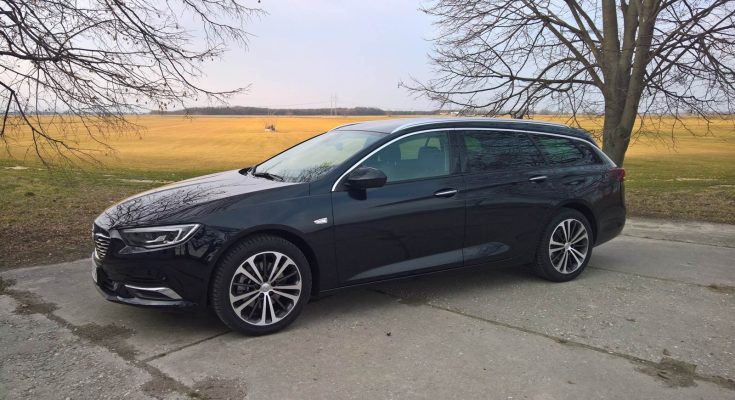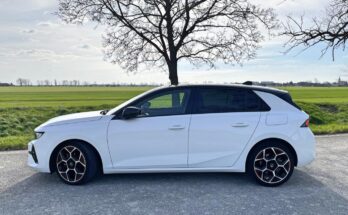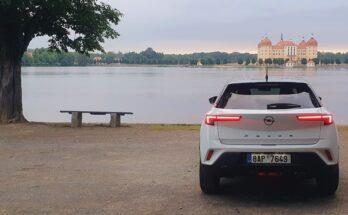The second generation of the current flagship of the Opel brand – the Insignia – clearly succeeded. The chubby design of the first generation is a thing of the past, and the novelty, which has already undergone a facelift, bets on a slim and modern look. The designers took the best of the new Astra from a design point of view and adapted it to a larger body. The modernly shaped LED Matrix headlights, but also the chrome line stretching from the exterior mirrors to the roof pillars, which is also tastefully integrated into the rear lights, will catch your eye. The only, for my eyes, distracting, “retro” element are the turn signals in the fenders. The external design is relatively simple, functional and you won’t find any fads or complicated surfaces.

The interior of the Insignia is presented in a similar spirit. Compared to the previous generation, it also has a much more modern and clear impression. Buttons have been removed, spaciousness has increased, and the digital instrument panel is also new. It is not completely digital like some other competitors, but combines a large digital display with classic analog controls, which form a tachometer, fuel gauge, temperature and battery. However, it has a slightly less intuitive control and it took me longer than usual to familiarize myself with the individual functions. For example, I could not select the data that I would like to see in front of me at the moment, so I had to switch between individual items by clicking through the menu using the buttons on the steering wheel.

The tested equipment also includes a “real” head-up display, which projects data directly onto the windshield, not onto a transparent plate in front of it as, for example, in the case of the Opel Crossland X. It works great, has fine graphics and you can choose from different types of views. In addition to the current speed, cruise control and icons of active assistance systems, it can also display navigation instructions, engine speed, traffic restrictions or the selected radio station. It is fully adjustable and you can really get away with watching everything “through the glass”. It also projects pedestrian or vehicle collision warnings and is a truly functional safety feature that helps keep the driver’s eyes on the road. The center infotainment is also at a decent level and is exemplary fast. It contains detailed settings of the entire vehicle and assistants, navigation cooperating with a mobile phone, which can display current traffic jams and restrictions in real time, as well as the now mandatory Apple Carplay and AndroidAuto. With these functions, it freezes that the USB port is only in the armrest, so you either put the phone in a deep compartment or “clip” the cable outwards into the storage space in front of it. The built-in holder in the armrest is probably for older phones or it is necessary to purchase an adapter for the most common models. I couldn’t “stuff” my mid-range pancake into it.

The reversing camera deserves a higher resolution, but I appreciate the night mode, which worked very well. I tried the automatic parking assistant twice and I preferred not to try any further. I’m not a fan of this “feature” and I also don’t have a lot of faith in reversing within millimeters of adjacent vehicles. But it’s here, and the gentler halves will hopefully use it when they get to more civilized countries with their car, where parking spaces are properly marked and people know how to park between the lines.
The new generation of Insignia has grown up, it is bigger in all directions, both outside and inside. The Sports Tourer station wagon version is even longer and taller than the Grand Sport sedan and measures (without a few cm) a truly impressive 5m with a wheelbase of almost 2.9m. This was reflected not only in the spaciousness of the interior, but also in the volume of the trunk. It is now 560 liters in the basic arrangement. If that wasn’t enough, the volume can be increased up to 1,665 liters. Just fold down the split backrests of the rear seats. A completely flat surface is then created, which is even more than two meters long. As a family car, it really does carry almost anything, and if your hands are full, it even has a foot opening under the rear bumper. In the dark, it even draws a pictogram under the car so you know where to wave your foot. I also appreciate the setting for opening the trunk door from the driver’s seat, so there is no risk of the trunk hitting the ceiling or an obstacle above the vehicle in the underground garage.
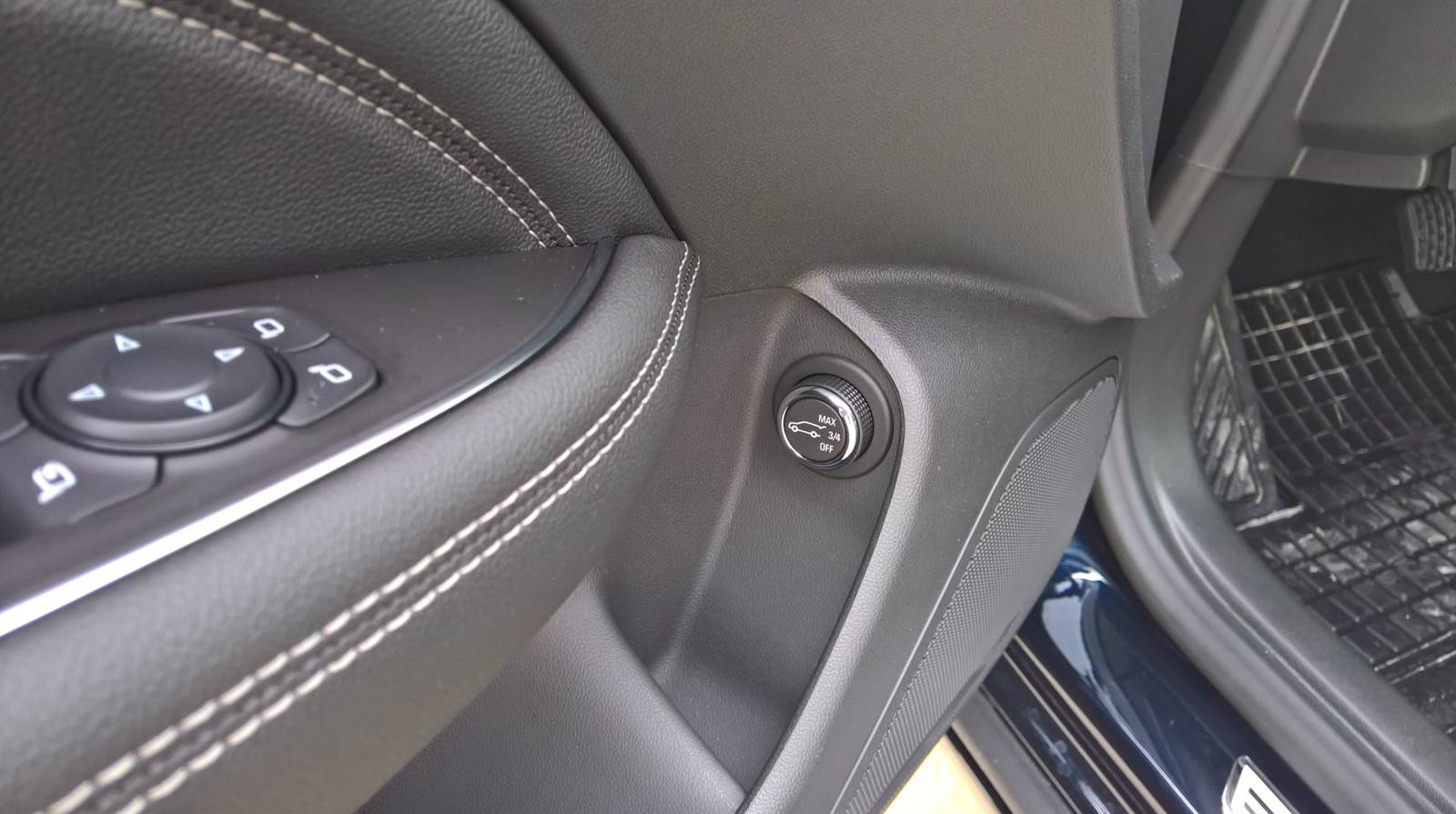
Opel also prides itself on offering great ergonomic front seats with AGR certification in its models. The posture in them is perfect and they really pamper the body. It’s one of the optional extras that (especially if you spend a lot of time in your car) you should really tick off in the configuration of your new car. I haven’t sat in a car for a very long time, where I can, at my height of 186 cm, pull the leg support almost below my knees and without any problems sit behind me with a lot of reserve for my knees. In the back, with a little modesty, they can sit next to each other and three adults can also be taken for a longer ride. Lateral seat guidance is great and holds up well when going through sharper corners. The seat behind the wheel is exemplary, the armrest on the door has no interfering handle in front, and thus it is possible to travel even longer distances with the arms in a “resting” position.
The materials used are of high quality to the touch and perfectly matched. The hard plastic of the upper dashboard and “fake” stitching will freeze again, as is the custom these days. However, everywhere we normally touch are pleasantly softened materials and leather. Perhaps it would be worth enlivening the interior with some more distinctive stylistic element or molding. I attribute the slight tearing of the plastics to the engine and transmission combination we’re just getting to.
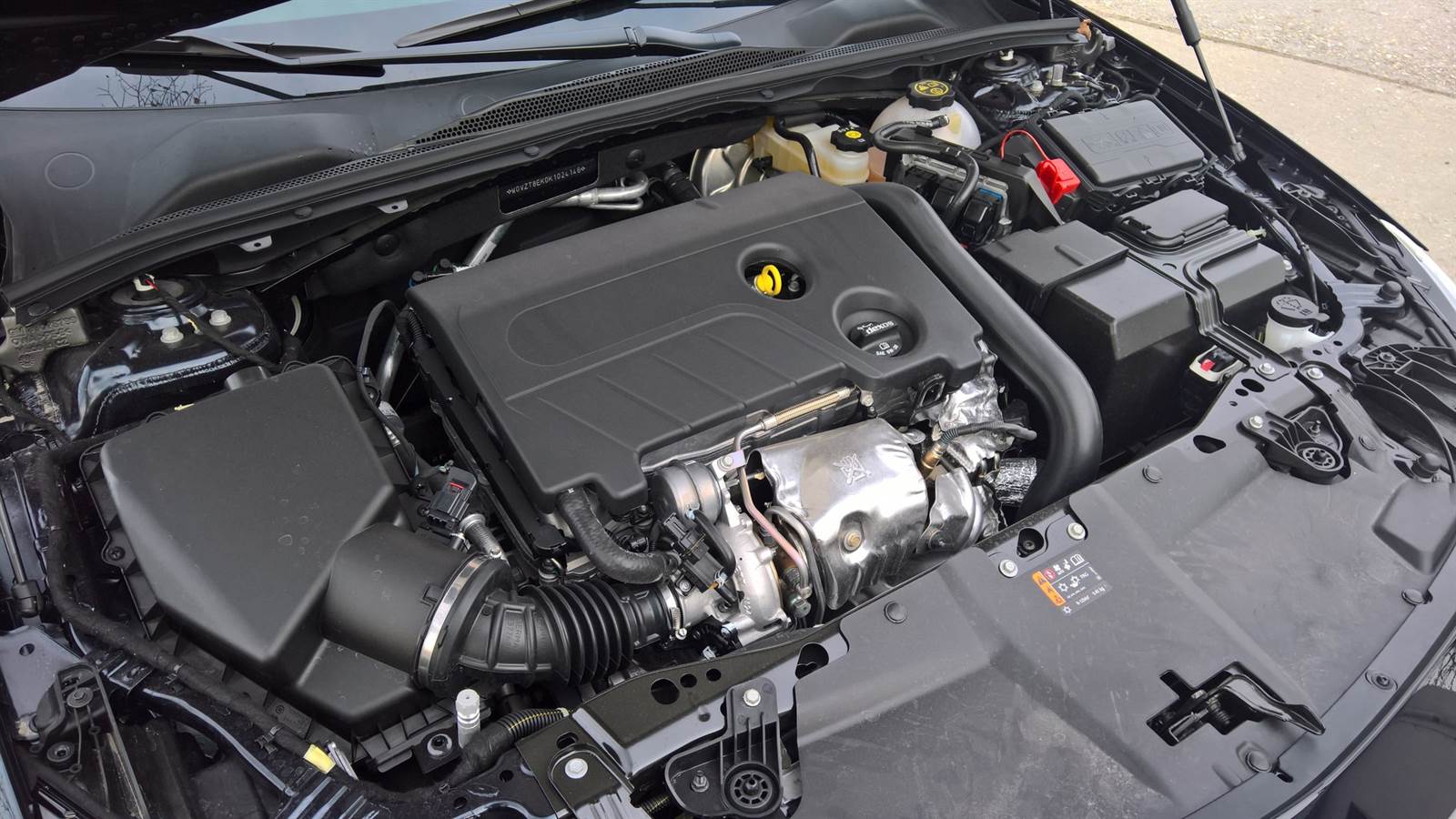
The Insignia is proud of the inscription Turbo on the rear trunk door, so under the hood we find a four-cylinder gasoline engine with a volume of 1598 cubic centimeters and a decent output of 147 kW at 5500 rpm and 280 Nm of torque in the range from 1650 to 4500 rpm. The engine comes from the Opel workshop and tries to cooperate with a 6-speed automatic transmission. I use the word “tries” on purpose, because performance aside, it’s the transmission tuning that demotes the engine down a notch. It shifts very lethargically, constantly trying to lock the shifter at the lowest revs possible and trying to dampen any hint of a pull. Even during kickdown in Sport mode, the engine does not rev above 5,000 rpm and tries to shift into the highest gear again as quickly as possible. If you need to overtake, it’s better to downshift manually by two steps, otherwise I felt like I was in a car with a non-starting atmospheric engine. It is felt that the car is almost 1.5 tons and as if the engine and transmission fit with them. I understand the need to meet emission standards (and this engine meets the strictest Euro 6d-TEMP), but in the Insignia I can rather imagine a similarly powerful CDTi with a biturbo, which has a beautiful 480Nm of torque and will certainly have less work even with such a heavy station wagon.

As for consumption, the engine does not excel here either. I couldn’t achieve the consumption measured in the WLTP cycle, which the manufacturer states is in the range of 6.9-7.3L/100km, even though I tried very hard. During the test, I ended up with 9.8L, and I drove it very casually and according to regulations and drove almost 850 km. At a constant cruise control speed of 110 km/h on the level, the current consumption ranged from 7.5 L upwards, so even at normal traveling speeds I could not get close to the minimum. Not to mention starting in the city and driving on the highway, where the engine has power to give away, but you will not want to use it, looking at the consumption. It’s a shame, because with a different tuning, this engine could be a very interesting choice. Looking at other brands, it can be seen that it works even with such a volume and low consumption (for example, THP engines from PSA).
The FlexRide adaptive chassis is another chapter, and here I have to highly praise the tuning of the individual modes. There are a total of three (four if we count the switchable ESP) and even in the basic setting, the Insignia holds the track beautifully and has a pleasantly adjusted steering stiffness. At the front we find a McPherson type suspension, at the back a multi-element wheel suspension. The response from the wheels is a little muted, but just switch to Sport mode and the entire chassis stiffens noticeably and the steering is literally as if without a booster, which every lover of fast cornering will appreciate. In Tour mode, the whole car softens and the steering gets a lot of play around the center position, so you don’t have to constantly correct the direction when driving on the highway. In the Tour setting, the Insignia literally “floats” on the road and I can imagine traveling very long distances like this. The damping is exemplary and there is no body slamming or jolting over lateral bumps. Even in Sport mode, it can filter out a significantly broken road, which is not usual. The silence in the cabin is impressive, and in addition to the sound of the rolling resistance of the 245/45 R18 tires, you can conduct private communication even at higher speeds.
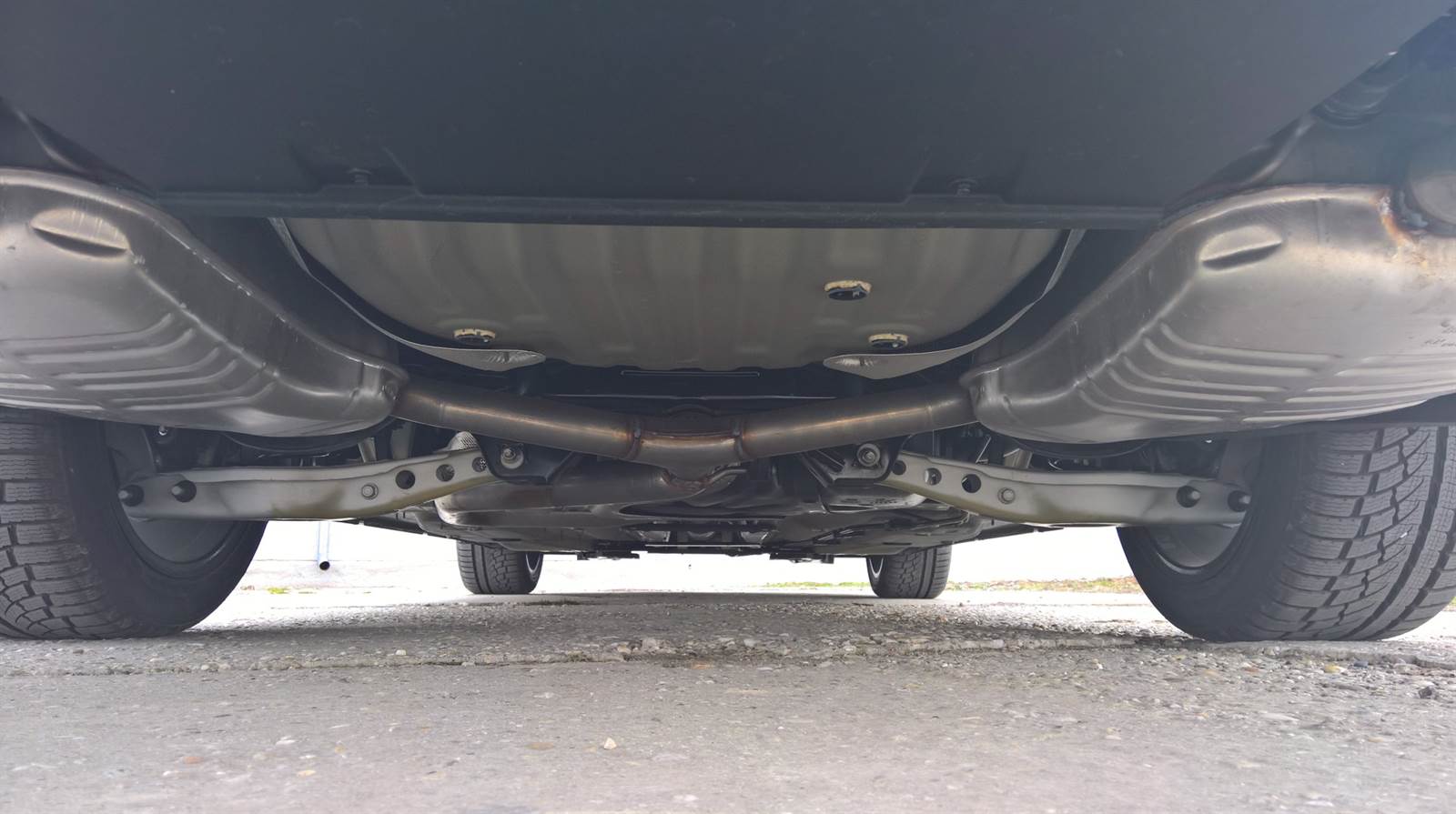
From the extensive additional equipment, I would like to highlight the amazing adaptive LED Matrix headlights with AFL+ technology. Each light contains 32 LEDs and cooperates with the high beam assistant and the Opel Eye camera, integrated into the interior rearview mirror. It switches the main and dipped mode depending on the road conditions and “cuts out” oncoming vehicles or vehicles traveling in the direction of travel so that the light flux does not dazzle their drivers. No one blinked at me during the entire test, so it really works per unit. After catching up with older Felicia, I even shined the high beams on her sides more than her own headlights with glass and old bulbs. It gives a fair amount of light in the corners, so it takes care of light comfort on the road in an exemplary way.
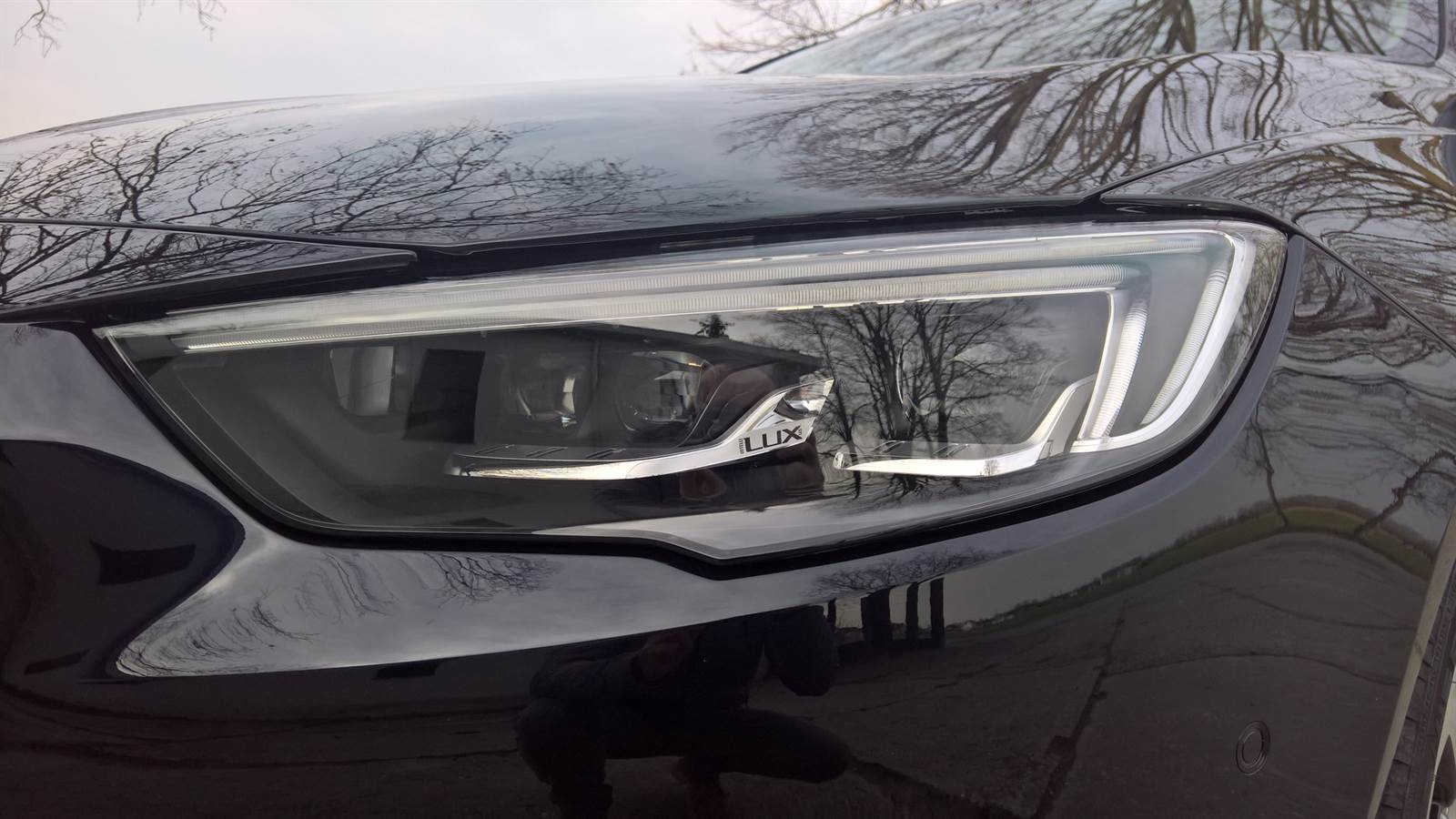
Towards the end we come to the last interesting item and that is the price. The currently tested Sports Tourer Innovation 1.6 SHT Start/Stop AT6 model has a list price of slightly over €32,000 in this equipment. Everyone chooses additional items at their own discretion, and after deducting various promotions, the equipment is returned in the form of a discount on the given model.
If I have to sum it up, it is an ideal company car for managers, fathers of large families, drivers who drive long distances on the highway, but also for all those who expect comfort, performance and practicality from a car. Overall, the Insignia is a more than worthy representative of the middle class and is also an interesting design and price alternative to the competing Passat.
| Technical specifications | Opel Insignia ST 1.6 SHT Start/Stop AT6 |
| Engine type: | Spark plug |
| Cylinders / valves: | 4/ 16 |
| Displacement (ccm): | 1598 |
| Highest power (kW(k) / rpm) | 147 (200) / 5500 |
| The highest twist. torque (Nm / rpm): | 280 / 1650-4500 |
| Gearbox: | 6-st. automatic |
| Acceleration 0 – 100 km/h (s): | 8.2 |
| Combined consumption – WLTP (l/100 km): | 6.9-7.3 |
This brand new vehicle was loaned to us for the editorial test by the largest Slovak car dealer – the company FINAL-CD. We thank you.

